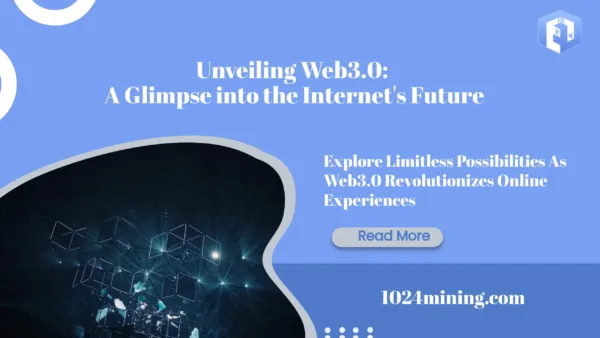The internet has revolutionized the way we communicate, access information, and conduct business. With the advent of Web 2.0, we witnessed the rise of social media, online collaboration, and user-generated content. However, as technology continues to evolve, a new era of the internet is on the horizon – Web3.0. In this article, we will explore the concept of Web3.0 and its potential implications for the future of the internet.
What is Web3.0?
Decentralization
- Blockchain technology
- Distributed ledger systems
- Peer-to-peer networks
Interoperability
- Seamless integration of different platforms and protocols
- Data sharing and collaboration across networks
- Open standards and protocols
User Empowerment
- Ownership and control of personal data
- Privacy and security enhancements
- User-centric design and customization
The Impact of Web3.0
Disrupting Traditional Industries
- Finance and banking
- Supply chain management
- Healthcare and medical records
- Intellectual property rights
Democratizing Access
- Financial services for the unbanked
- Education and knowledge sharing
- Digital identity and inclusion
- Global connectivity
Redefining Digital Economy
- Tokenization and digital assets
- Smart contracts and decentralized applications (dApps)
- New business models and revenue streams
- Eliminating intermediaries
Challenges and Considerations
Scalability and Performance
- Blockchain scalability solutions
- Network congestion and transaction speed
- Energy consumption and environmental impact
Regulatory and Legal Frameworks
- Jurisdictional issues
- Data protection and privacy regulations
- Smart contract enforceability
Adoption and Education
- User experience and interface design
- Technical literacy and understanding
- Transition from Web2.0 to Web3.0
結論
Web3.0 represents a paradigm shift in the way we interact with the internet. With its focus on decentralization, interoperability, and user empowerment, it has the potential to reshape industries, democratize access, and redefine the digital economy. However, there are challenges and considerations that need to be addressed for widespread adoption. As we move towards the future, it is crucial to navigate these changes responsibly and ensure that Web3.0 benefits all users.



